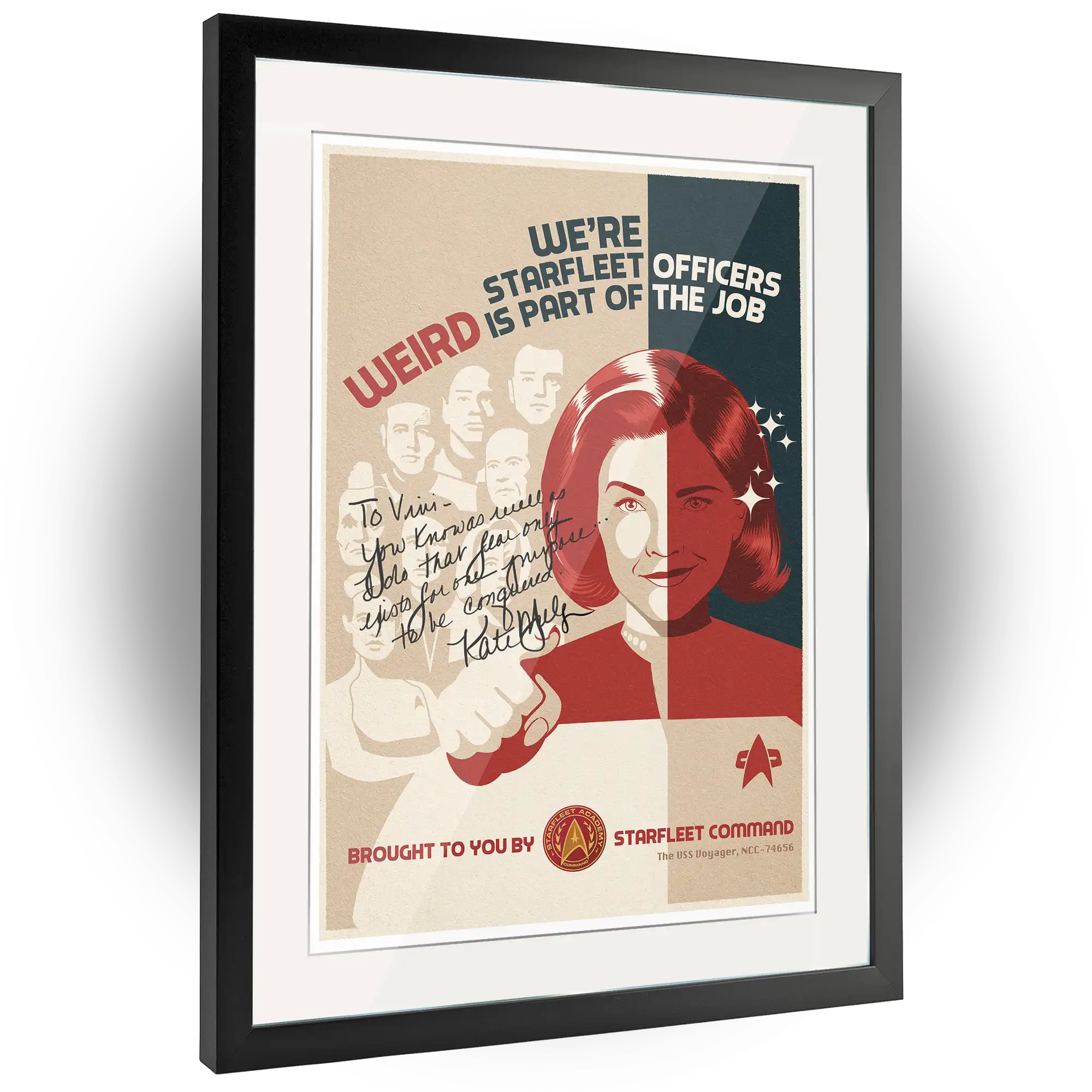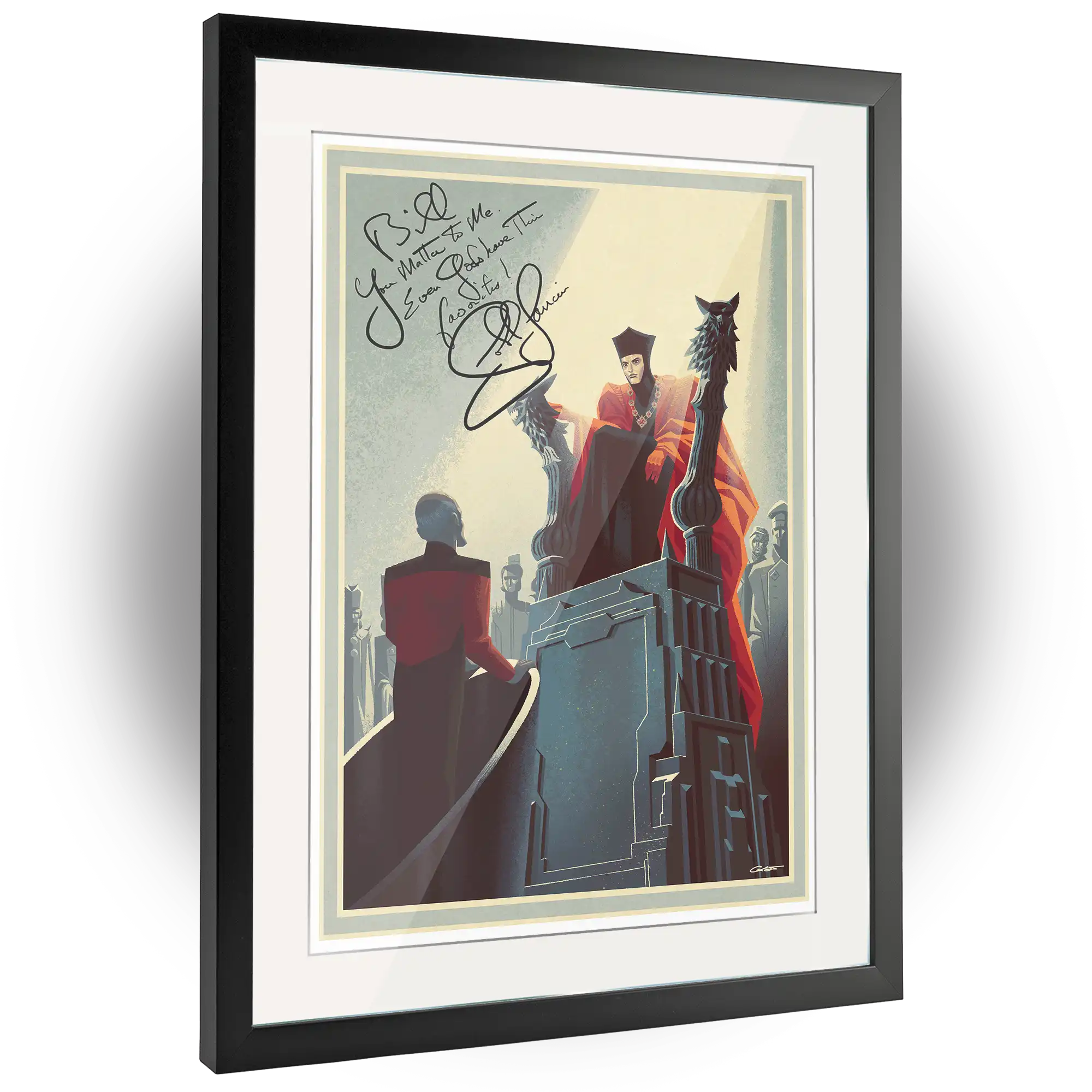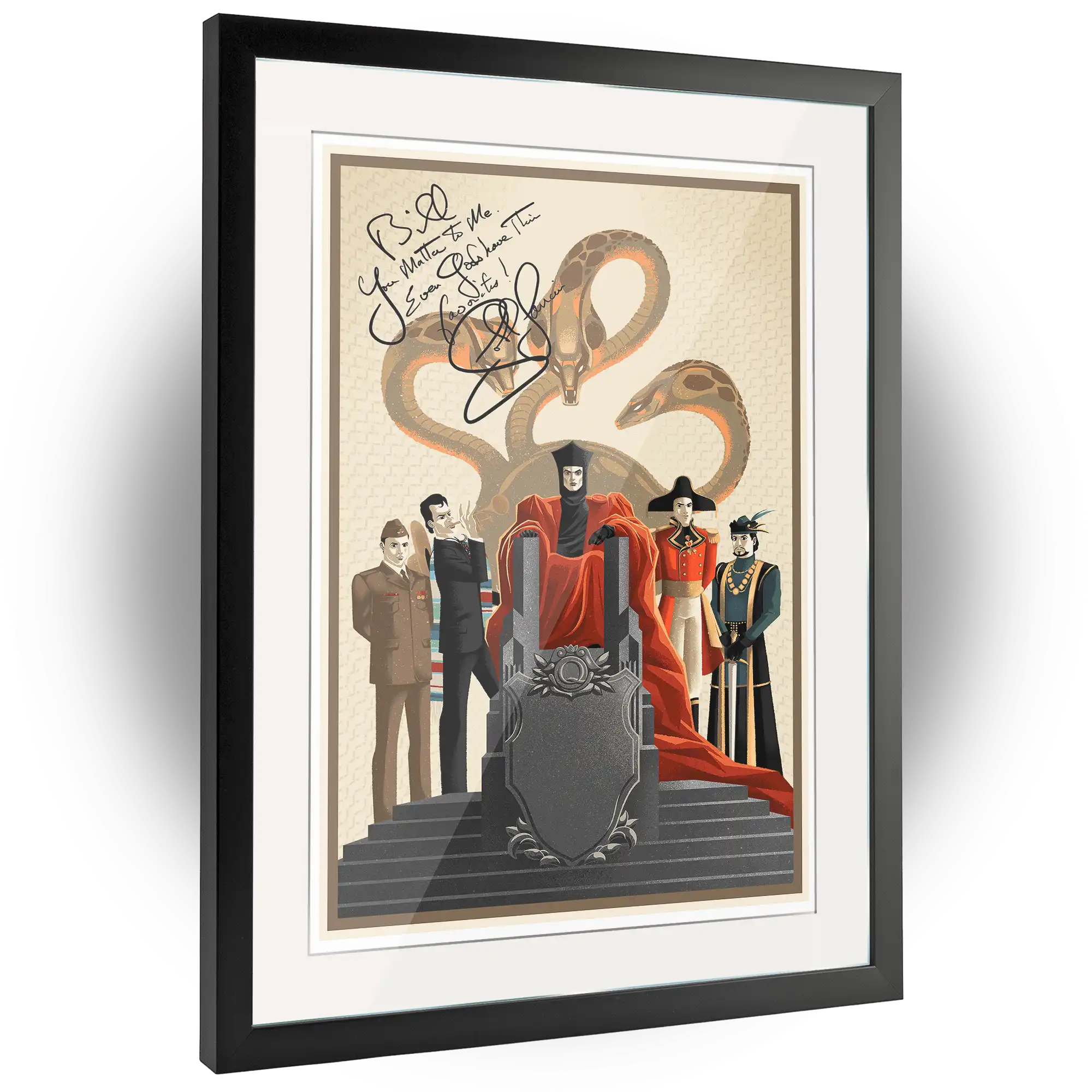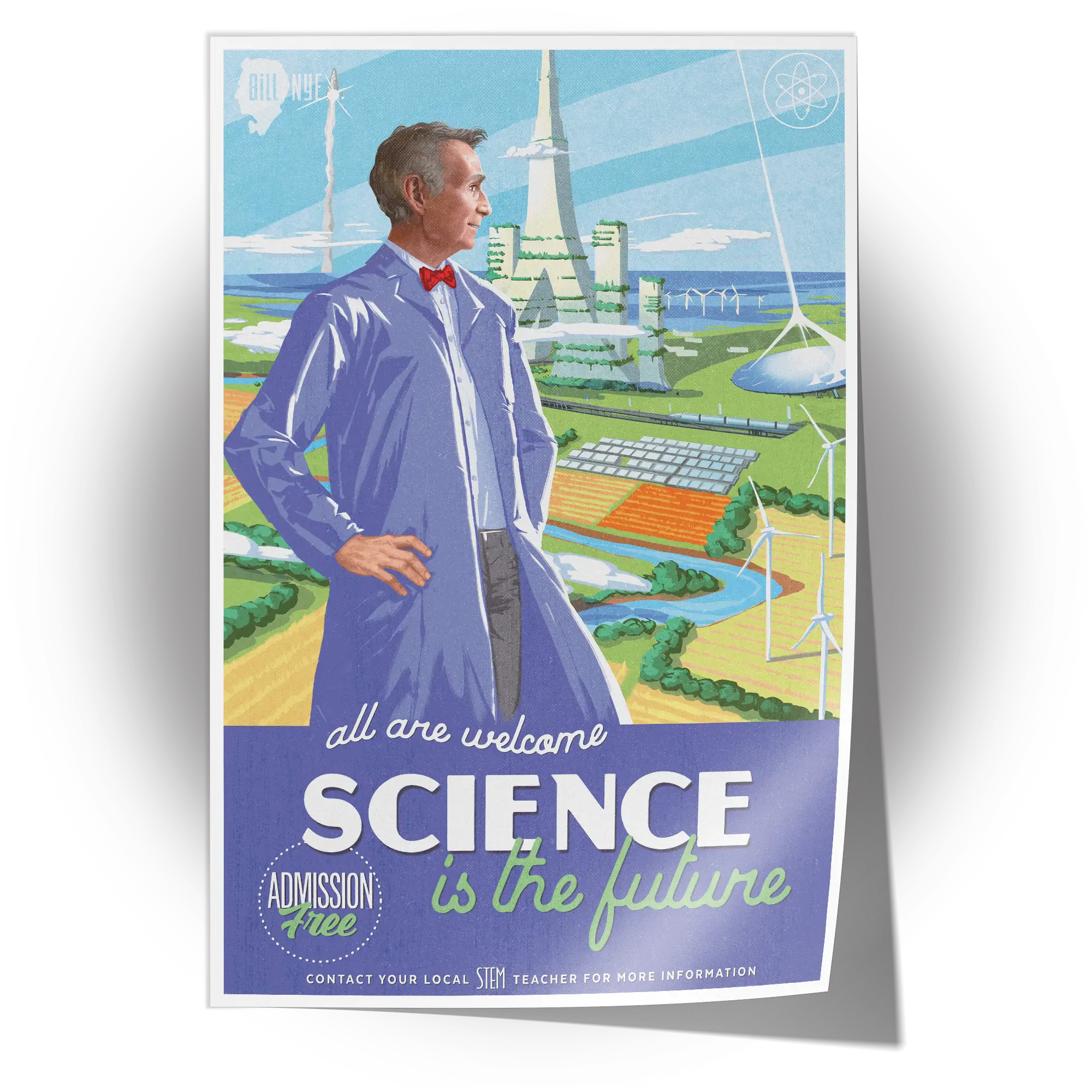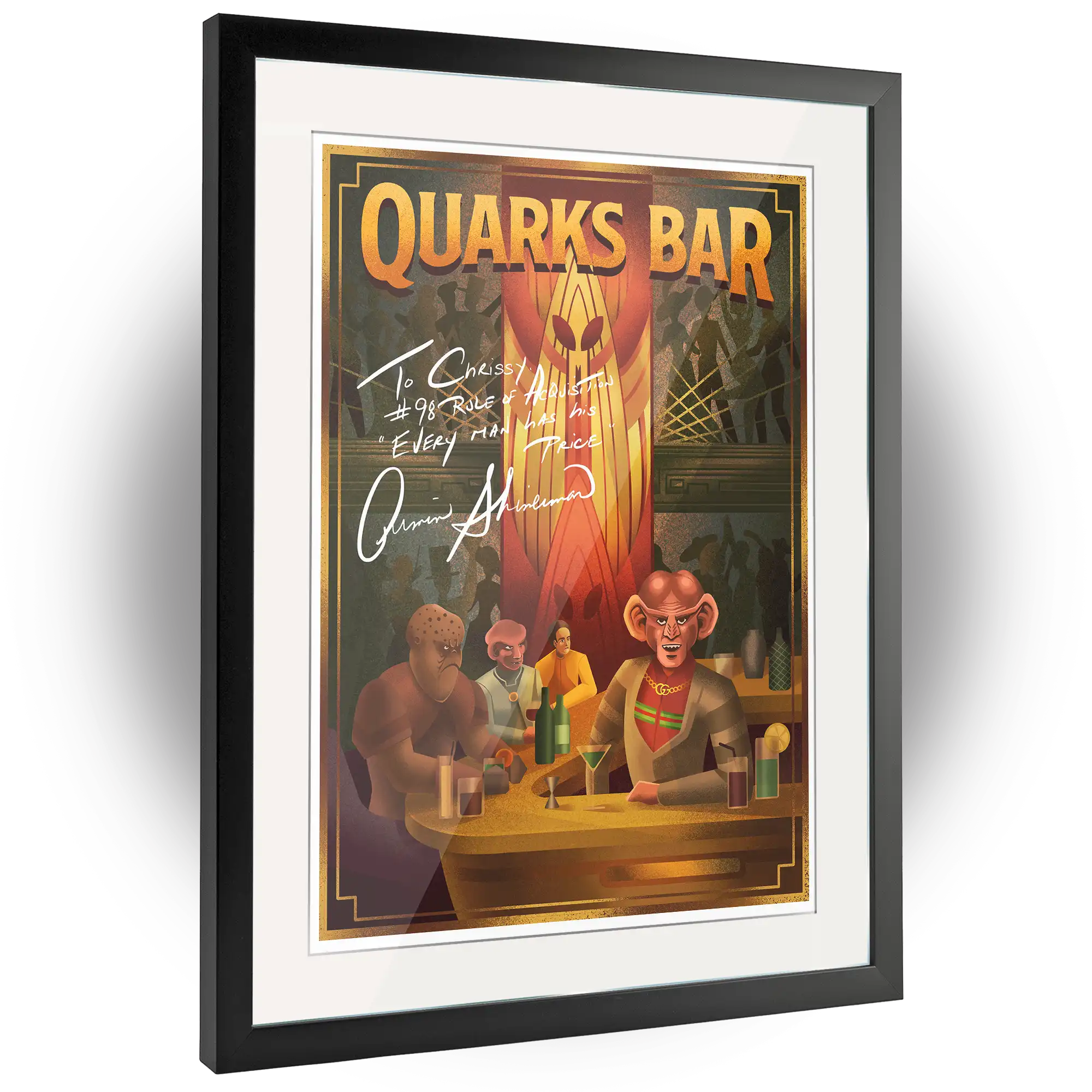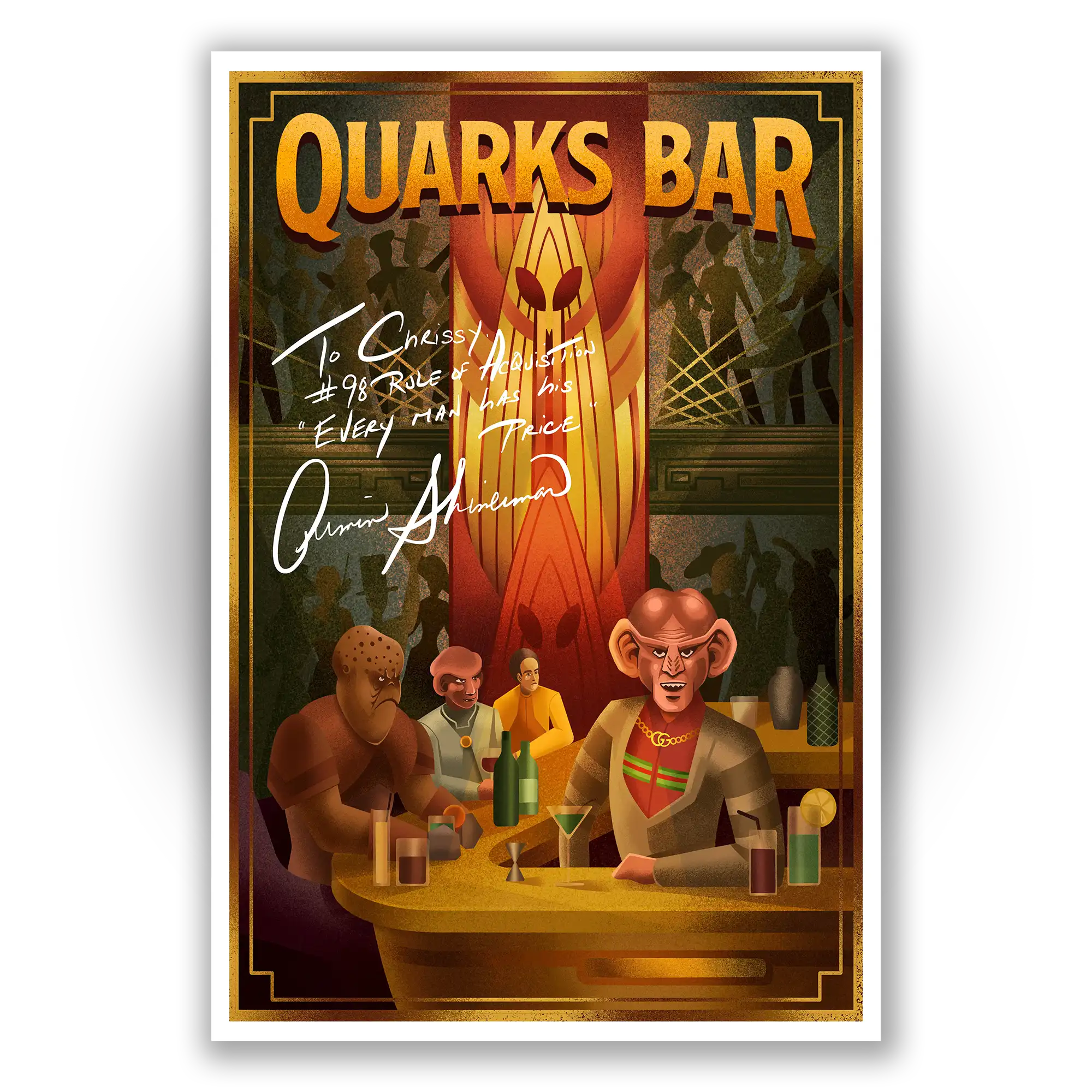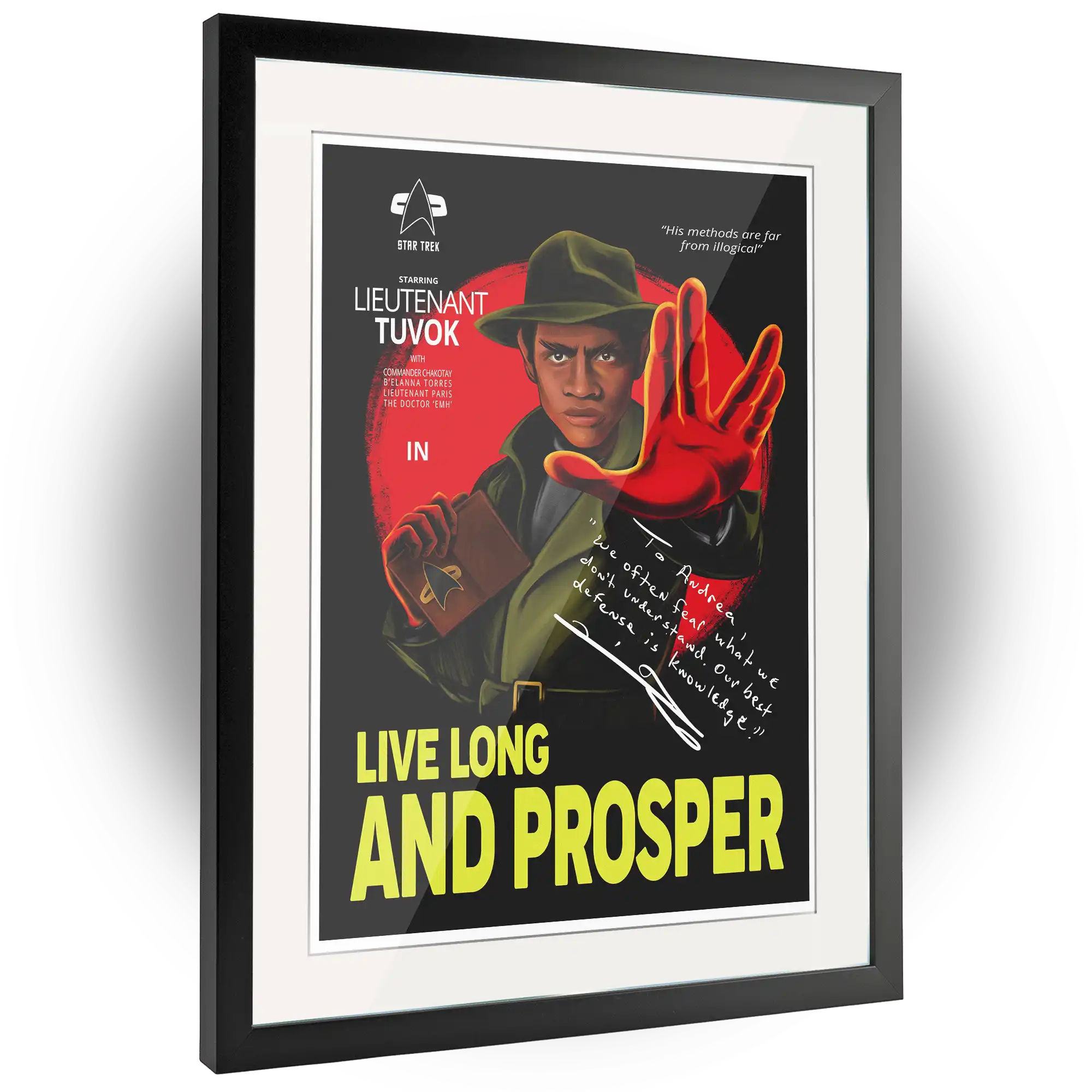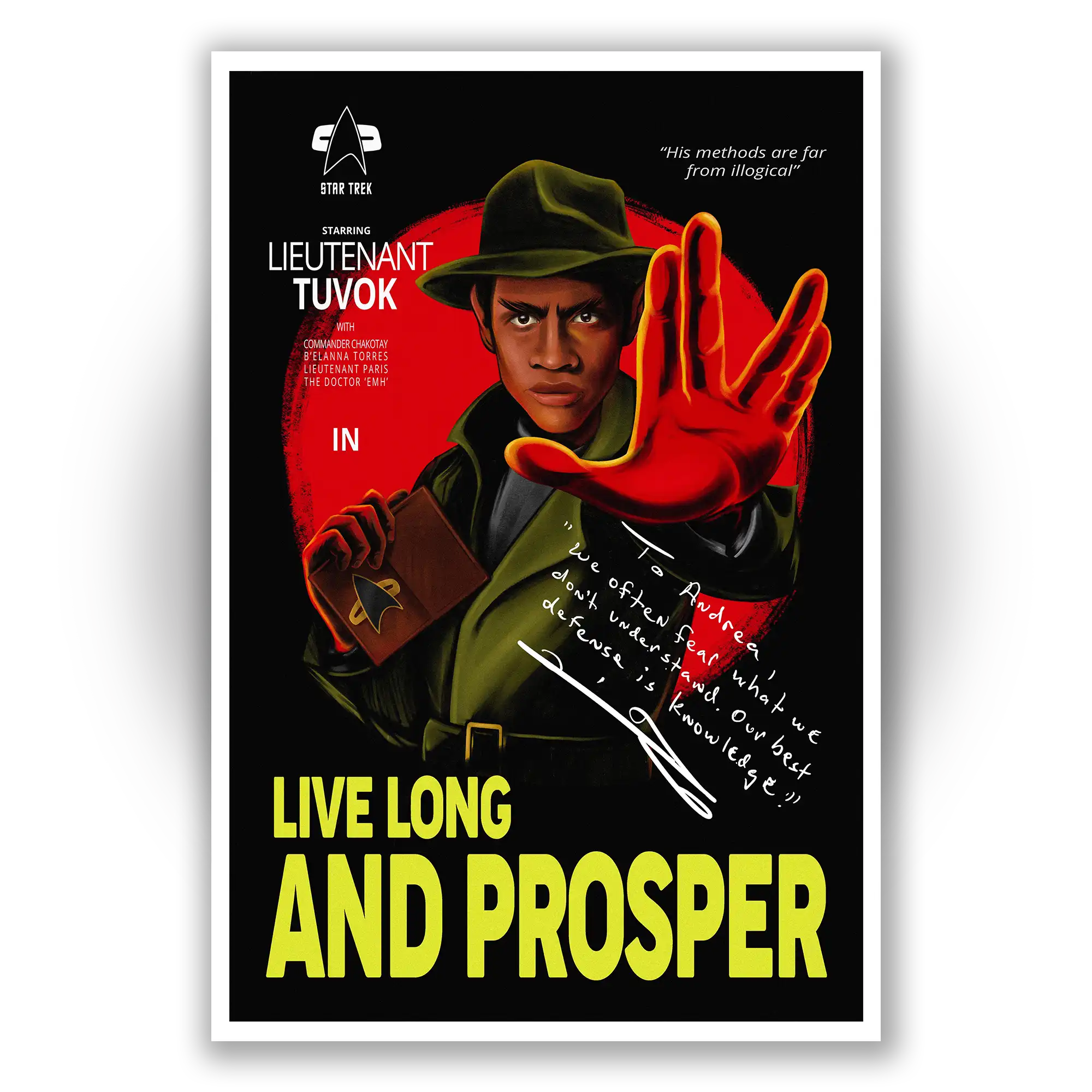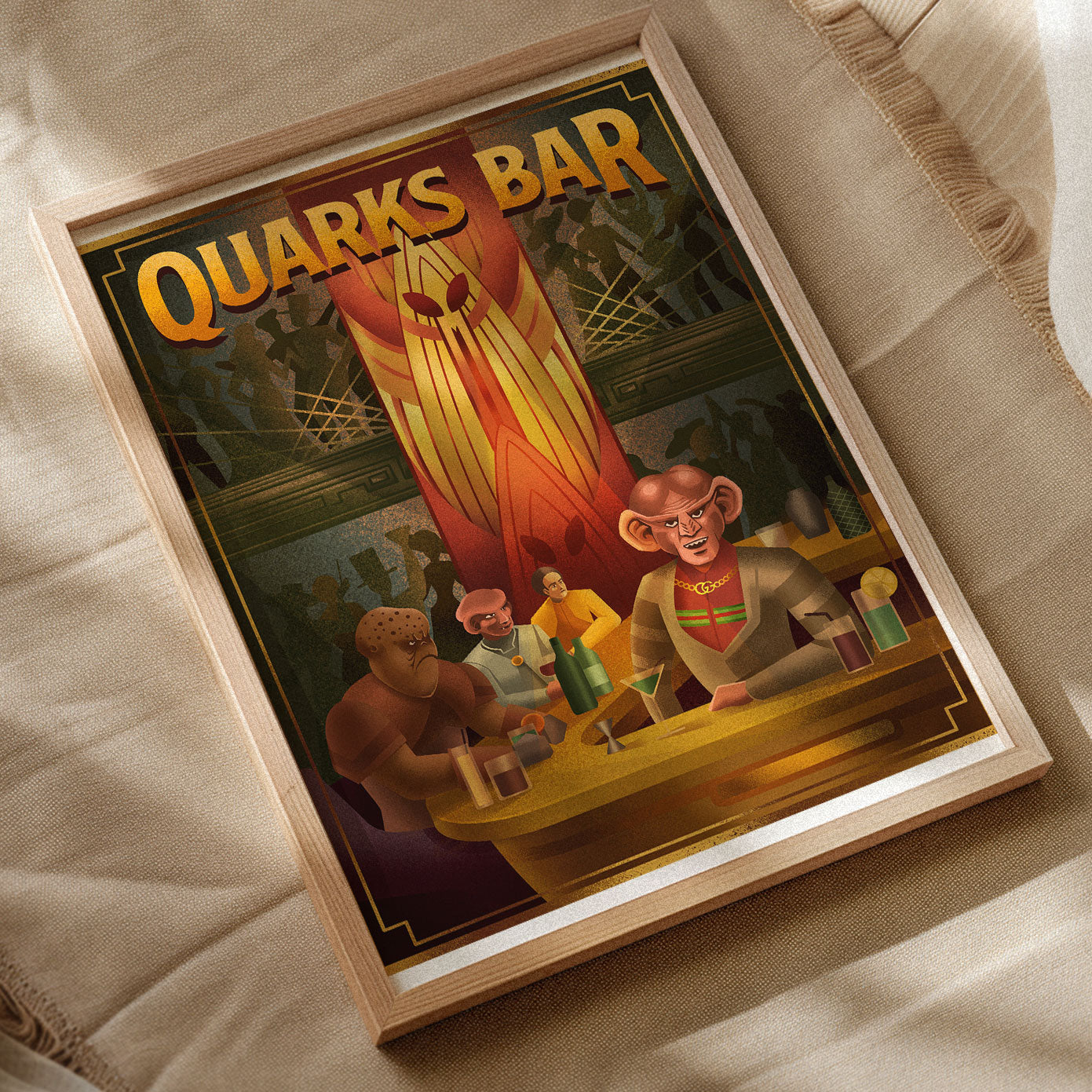From Fiction to Reality: The Real-World Technologies Inspired by Star Trek
I. Introduction
Hook: Centuries before we placed smartphones in our pockets or dreamed of intelligent AI assistants, Star Trek was boldly going where no one had gone before—showcasing futuristic gadgets that would become essential to our modern lives.
Purpose: In this article, we will trace how Star Trek’s imaginative tech concepts have shaped real-world innovations in communication, computing, medicine, transportation, and beyond. By examining the series’ influence, we’ll gain insights into the powerful relationship between science fiction and technological advancement.
Overview: We will begin with a brief look at Star Trek’s vision and its cultural impact, then explore various real-world technologies inspired by the show’s forward-thinking ideas. Finally, we’ll consider modern case studies, expert opinions, and the ongoing evolution of Star Trek–style innovations, leading us to consider what the future might hold.
II. The Star Trek Vision
Historical Context
Star Trek, first aired in the 1960s, was a groundbreaking television series that introduced audiences to futuristic spacecraft, advanced communication devices, and visionary technologies. Its creator, Gene Roddenberry, used the show’s setting to imagine a universe where humans had transcended many of the world’s current challenges—assembling a future that could inspire hope and progress.
This optimistic outlook shaped how many viewers imagined the future of technology, setting the stage for decades of innovation. It wasn’t just about starships and alien worlds; it was about how advanced tools could be used for exploration, peace, and scientific discovery.
Cultural Impact
Star Trek became more than just a TV series—it turned into a cultural phenomenon that spanned multiple generations. The show influenced scientists, engineers, and everyday dreamers to bring fantastical devices to life. Over time, Star Trek’s technology concepts moved from the realm of entertainment into research labs, inspiring countless innovators to push boundaries and shape modern tech industries.
III. Real-World Innovations Inspired by Star Trek
A. Communication Devices
- Star Trek Inspiration: One of the most iconic pieces of Star Trek tech is the communicator, a small handheld device allowing instant, clear communication across great distances. The series also showcased portable tablets for data viewing and record-keeping.
- Real-World Application: Today’s mobile phones, tablets, and wearable devices resemble these early sci-fi concepts. Our smartphones offer voice commands, video calls, and near-instant global communication—echoing Star Trek’s vision of seamless connectivity.
B. Personal Computing & Interfaces
- Star Trek Inspiration: Star Trek introduced voice-activated computers that provided immediate answers, touch-screen interfaces on control panels, and even early depictions of holographic displays.
- Real-World Application: Modern AI-powered assistants like Alexa and Siri, along with the rise of smart home devices, owe a debt to these imaginative portrayals. Touchscreen technology is now ubiquitous in smartphones, tablets, and infotainment systems. While holographic displays are still in their infancy, augmented reality (AR) and virtual reality (VR) systems continue to advance rapidly, bringing us closer to Star Trek’s futuristic displays.
C. Medical and Scientific Equipment
- Star Trek Inspiration: The show depicted advanced diagnostic tools—like the tricorder—that could instantly scan patients for injuries or diseases. The futuristic sickbay featured automated scanners and non-invasive medical devices.
- Real-World Application: In modern medicine, we see portable ultrasound devices, sophisticated MRI technology, and robotic surgery systems that streamline medical procedures. Research is also underway to develop “tricorder-like” devices for rapid disease diagnosis, a move that could revolutionize healthcare accessibility and speed.
D. Transportation and Space Exploration
- Star Trek Inspiration: From the iconic design of the USS Enterprise to hover cars and teleportation pods, Star Trek envisioned a future of seamless travel.
- Real-World Application: While teleportation remains firmly in the realm of theory, spacecraft design has certainly taken cues from Star Trek’s aesthetics. Companies like SpaceX and Blue Origin continually push the boundaries of aerospace technology, working toward safer, more efficient space travel. Advanced propulsion systems, lightweight materials, and automated controls all reflect Star Trek’s hopeful blueprint for interplanetary voyages.
IV. Case Studies and Expert Insights
Notable Examples
Several prominent tech companies openly credit Star Trek as an inspiration. For instance, the development teams behind modern voice-activated systems have repeatedly mentioned the show’s Computer as a template. Some wearable device manufacturers have even referenced the communicator when designing sleek, wrist-worn interfaces.
Expert Opinions
Tech innovators often cite science fiction as a catalyst for creative breakthroughs. In interviews, many highlight Star Trek’s positive outlook on humankind’s technological evolution as key to spurring them to create devices that make life safer, healthier, and more efficient. For more insights on the cultural impact of science fiction, you might enjoy our article, “The Future Is Now: How Sci-Fi Shapes Innovation.”
V. Impact on Pop Culture and Innovation
Cultural Influence
Star Trek’s portrayal of technology continues to resonate with audiences, inspiring fan conventions, spin-off series, and a global community of enthusiasts. This cultural fervor helps keep cutting-edge ideas alive in popular discourse, encouraging the next generation to think imaginatively about what tomorrow might hold.
Economic and Social Impact
From the economic perspective, breakthroughs in telecommunications, computing, and healthcare—many of which draw from Star Trek’s vision—fuel new industries and job opportunities. Socially, these innovations improve connectivity, healthcare accessibility, and global collaboration, illustrating the power of visionary fiction to drive tangible progress in everyday life.
VI. Future Tech and Sci-Fi Inspirations
Emerging Technologies
We are currently witnessing rapid advancements in quantum computing, AI-driven robotics, and space tourism—each with a distinct parallel to Star Trek’s enduring hope for a technologically enriched universe. As research continues, devices once deemed impossible now edge closer to feasibility.
Speculative Innovations
The legacy of Star Trek’s ideas foreshadows potential breakthroughs in areas like theoretical warp drive concepts, extended human lifespans through advanced biotechnology, and fully immersive holodecks. While these remain on the scientific horizon, their mere consideration drives researchers to explore the boundaries of what technology can achieve.
VII. Conclusion
Recap: From Star Trek’s earliest visions of portable communicators and voice-activated computers to today’s smartphones, AI assistants, and autonomous surgeries, we see a clear line from science fiction to reality. The show’s optimistic portrayal of the future has propelled countless innovators to transform bold concepts into everyday devices.
Final Thoughts: Science fiction not only entertains—it can ignite collective imagination, fueling real-world technological leaps. The synergy between creative storytelling and practical engineering shows us how dreams can become tangible achievements.
Call to Action: Which piece of Star Trek tech has most captured your imagination—or even inspired your work? Share your thoughts in the comments, and let’s continue exploring how these visionary ideas guide us into an exciting future.

